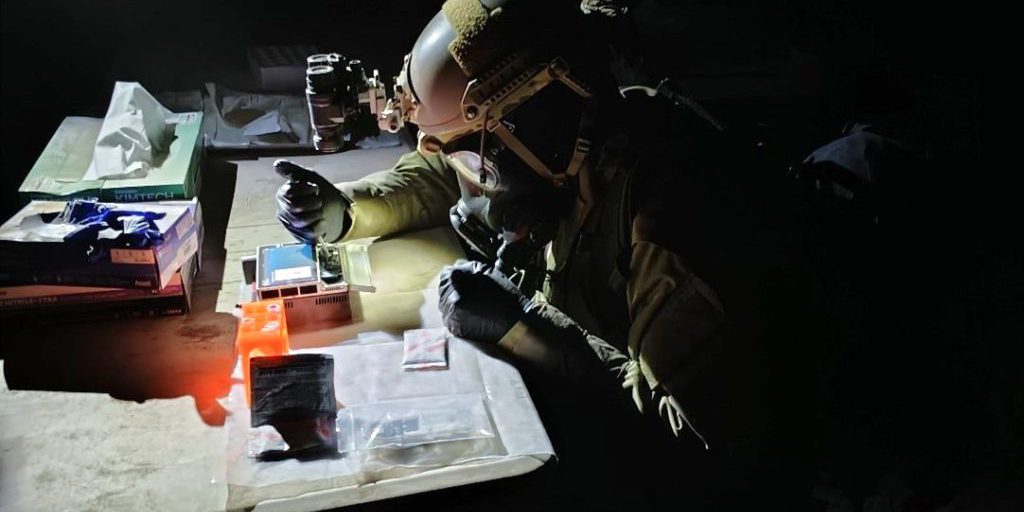Aberdeen Proving Ground, MD – Future battlefields require an on-the-go approach to the identification of whatever biological threat our Warfighters may come across. One such approach – Far-Forward Advanced Sequencing Technology, or F-FAST – uses rapid DNA and RNA sequencing systems for biothreat identification in far-forward environments.
While these types of tests normally require a degree of scientific know-how, researchers at the U.S. Army Combat Capabilities Development Command Chemical Biological Center (DEVCOM CBC) are working to make F-FAST’s rapid testing methods quicker and simpler than ever to address all potential biothreats – including those that are emerging and genetically modified.
As opposed to the previous forms of assays (e.g., COVID-19 type tests), there is a need for DNA/RNA sequencing capability – the next frontier in pathogen identification – as the threat of modified pathogens can obfuscate traditional methods. According to CBC Research Biologist Dr. Cory Bernhards, with F-FAST’s technology to perform rapid sequencing in the field, reachback genome assembly can then be the catalyst to create countermeasures such as therapeutics or vaccines.


